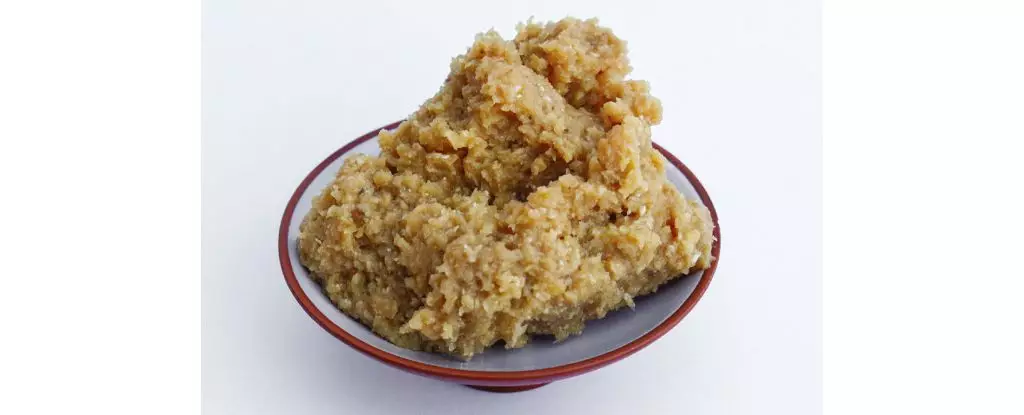The renowned Japanese condiment miso, a staple in culinary practices, is typically characterized by its rich and savory taste, derived from fermented soybeans. Traditionally, this fermented paste has garnered admiration for its role in soups, marinades, and various dishes. However, what happens when you take this culinary delight beyond our planet’s atmosphere? Recent experiments aboard the International Space Station (ISS) have revealed that the environmental conditions of space can significantly alter the fermentation process, leading to miso with profoundly distinct flavor notes.
Understanding the Fermentation Process in a Unique Environment
At the heart of this fascinating exploration is the question of how fermentation—an intricate chemical process involving microorganisms—responds to changes in its environment. The experiment, spearheaded by researchers from Massachusetts Institute of Technology (MIT) and the Technical University of Denmark, employed identical starter batches of miso sent to three distinct locations: Cambridge, Massachusetts; Copenhagen, Denmark; and the ISS. By conducting taste tests and microbial analysis post-fermentation, the scientists aimed to delve into the nuances of flavor evolution influenced by each site.
The ISS, with its unique combination of microgravity and heightened radiation exposure, presented an entirely different playground for the fermentation process, compared to the controlled environments on Earth. The temperature fluctuations in space were notably warmer, which can accelerate fermentation, potentially leading to variations in taste and microbial populations, an angle seldom considered in culinary science.
The Surprising Results of Space Fermentation
Upon completion of the 30-day fermentation, researchers unearthed some intriguing findings. The space-brewed miso showcased a nuttier, more roasted flavor profile than its Earthbound counterparts. Not only were the taste sensations subtly altered, but the microbial community composition within the space miso was markedly different as well. Strains such as Staphylococcus epidermidis, Staphylococcus warneri, and the previously unobserved Bacillus velezensis thrive in the space environment, showcasing the adaptability of microbial life.
These results have far-reaching implications, particularly when considering future space missions. As astronauts embark on extended journeys beyond Earth, their diets may require significant adjustments. The findings emphasize the need for understanding not only nutritional requirements but also flavor profiles that influence psychological well-being during long-term exploration missions.
The Broader Implications for Life in Space
The implications of these findings transcend the culinary realm and raise substantial bioethical questions. As Maggie Coblentz, one of the leading scientists, posits, introducing Earth’s flora and fauna into extraterrestrial environments could pose risks we have yet to fully understand. This brings forth a conversation about the responsibilities closed to life, microbial or otherwise, when venturing into the cosmos.
More importantly, the experiment highlights the resilience of microbial life in the face of environmental adversity. The way organisms adapt to microgravity and radiation reinforces the idea that life finds a way—a powerful concept when considering the prospects of colonizing other planets.
Given the realities of altered taste perception in microgravity, it is vital that space missions consider not simply the physical needs of astronauts but also their sensory experiences. Flavor greatly influences our emotional states and can significantly affect wellbeing, making the development of appealing space cuisine a pressing issue.
Fermentation as a Gateway to Space Life
The intersection of fermentation, microbial life, and space exploration opens up a wealth of possibilities for future research. The delicious miso adventure serves as a reminder that even in the sterile confines of space, nature’s complexities can thrive and adapt. As scientists continue to unveil the mysteries of life beyond Earth, it becomes increasingly crucial to incorporate perspectives from different fields—microbiology, sensory sciences, and culinary arts—for a holistic understanding of living systems in space.
With the intricate flavors of space-brewed miso signaling exciting culinary innovations, the potential for creating food that not only sustains but also delights could mark a new era in astronaut fare. Through these scientific explorations, we inch closer to understanding how humans can maintain their connection to Earth even as they journey into the vast unknown, reinforcing the notion that even in the quiet darkness of space, life—and flavor—can flourish.

